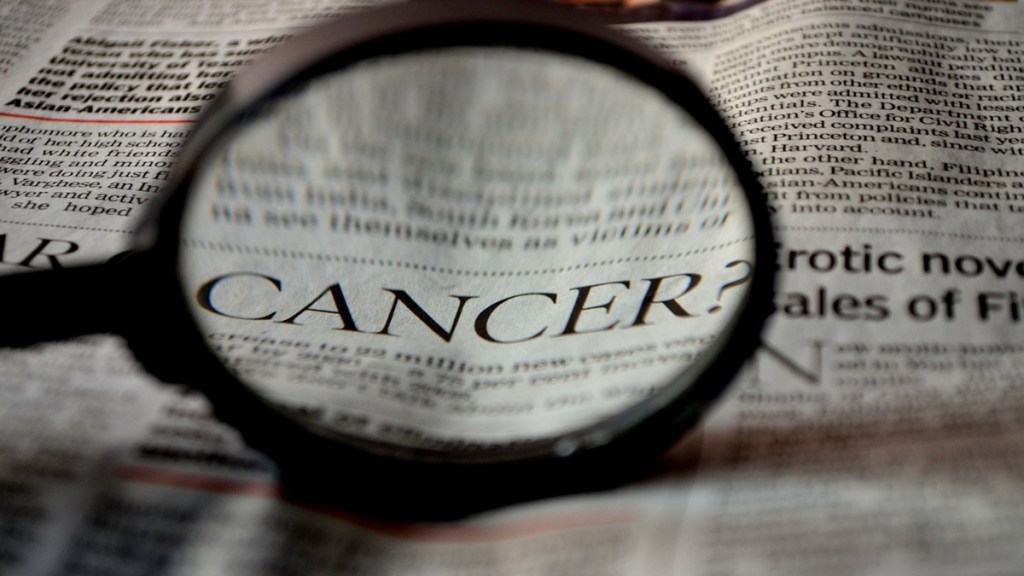A new study has revealed that three in five people in India face premature death after a cancer diagnosis. The study, conducted by the scientists of the Indian Council of Medical Research (ICMR), have analysed the data using the estimates from an initiative called Global Cancer Observatory that the (premature) mortality to incidence percentage in the country is 64.8 per cent.
According to the ICMR study, there is disproportionate cancer mortality burden borne by women. This raises alarm that cancer deaths are increasing “alarmingly” faster in women (between 1.2 per cent and 4 per cent per year) than in men (between 1.2 per cent and 2.4 per cent per year).
The doctors maintain that the high cancer mortality rates in India is linked to a combination of factors, including late diagnosis and challenges to accessing appropriate treatment in time.
According to data from the Global Cancer Observatory, an initiative by the International Agency for Research on Cancer and the World Health Organisation (WHO), India’s estimated counts of premature deaths from cancer rose by 87 per cent from 490,000 in the year 2000 to 917,000 in 2022.
Among women, breast cancer remains the most prevalent cancer, contributing to 13.8 per cent of all new cases, followed by oral (10.3 per cent), cervical (9.2 per cent), respiratory (5.8 per cent), oesophageal (5 per cent) and colorectal (5 per cent). Among men, oral cancer is the most prevalent, making up 15.6 per cent of all new cases, followed by respiratory (8.5 per cent), oesophageal (6.6 per cent) and colorectal (6.3 per cent).
Cancer of the lungs, bronchi and trachea is classified as respiratory cancer. According to the study, respiratory and oesophageal cancers have had exceptionally high mortality rates of nearly 93 per 100 new diagnoses.
“The (study’s) findings underscore the pressing need for targeted interventions and strategies to address the escalating cancer burden in India,” said Kavitha Dhanasekaran, a gynaecologist and preventive oncologist at the ICMR who led the study.
The analysis suggests that cancer-related mortality will increase annually by two percentage points as India’s population grows older in the coming two decades.
The data also revealed that leukaemia has been the most common childhood cancer, accounting for 41 per cent of cases, followed by brain cancer (13.6 per cent) and non-Hodgkin’s lymphoma (6.4 per cent). Leukaemia was the leading cause of death, accounting for 43 per cent mortality in boys and 38 per cent mortality in girls, followed by brain cancer, accounting for 16 per cent mortality in boys and 17 per cent in girls.
Middle-aged people account for 704,000 new cancer patients and 484,000 cancer deaths a year, or nearly half the country’s cancer incidence and mortality. Old (geriatric) people account for 313,000 new cancer cases and 235,000 cancer deaths, translating to 75 deaths per 100 newly diagnosed cases.
The findings were published in The Lancet Regional Health South East Asia journal.


